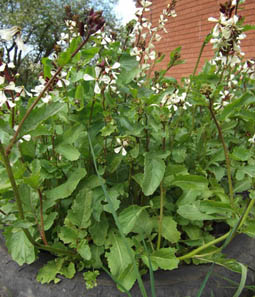“To separate and restrict the movements of well persons who may have been exposed to a communicable disease, to see if they become ill”
Quarantined people were often allowed to remain in their homes. It’s a long time since there was a need for this to be taken seriously. The last time this procedure was used in Britain was during the flu epidemic of 1918. More recently, in 1972, during a smallpox outbreak in Yugoslavia, their government had to impose martial law to enforce a rigorous quarantine, in association with the World Health Organisation.
The word ‘quarantine’ comes from the Italian ‘quaranta giorni’ meaning 40 days. While the Black Death raged in Europe, incoming ships had to stand off from coastal cities for this period before they were allowed to land people or cargo. After 37 days, one is either dead of the plague, or free of infection. Quarantine periods for other diseases, such as cholera, were shorter.
‘Isolation’ is a more serious form of quarantine. It involves the separation of people who are actually ill from the rest of the population, usually in a facility with medical staff. Historically, it was mainly applied to lepers, hence these facilities were often termed ‘lazarets’. It’s also used where people can’t be trusted to obey the rules of self-quarantine, as in the famous case of ‘Typhoid Mary’.
An entire community can be isolated by a ‘cordon sanitaire’. The village of Eyam, in Derbyshire, saved their neighbours from the plague in 1665 using this strategy. The reverse can be applied, where a community isolates themselves from potentially infectious people. This is called ‘protective sequestration’.
These tactics were often used in Britain. Villages traded and communicated with each other through ‘wheat stones’. At a convenient halfway point, goods were placed on a large stone, or slab, to be collected. Often, there was a cup-shaped depression in the slab, filled with vinegar, to disinfect money. Place names, such as the ‘Slab House Inn’ near Wells still recall these practices.
The Resilience Handbook has advice about emergency isolation in your own home. At least if you are in quarantine, you can expect mains services to continue. Other emergencies can be even more challenging.
Keep a distance of two meters from people who bring you supplies. If you don’t have a face mask, a scarf over your nose and mouth will protect them from germs if you cough or sneeze. A bottle of vinegar, or some other disinfectant, is essential and a large stash of pound coins might come in handy!
‘Recipes for Resilience – common sense cooking for the 21st century‘ has more detailed advice about the fortnight’s supply of food which you might need in any emergency, but which is particularly relevant now.



